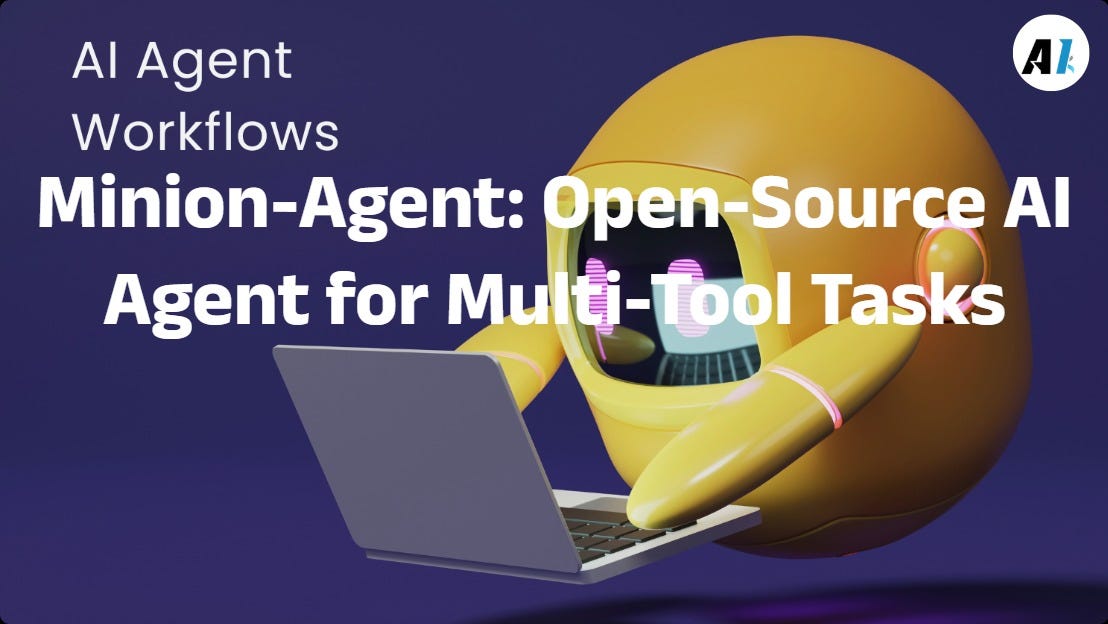Minion-Agent: Open-Source AI Framework for Multi-Tool & Multi-Task
Minion-Agent: Open-Source AI Agent Framework | Multi-Tool & Multi-Task Support | Seamless Integration
"AI Disruption" Publication 6400 Subscriptions 20% Discount Offer Link.
AI Agents are becoming the focus in the technology field, especially as large model providers like OpenAI and Anthropic continue to enhance their API capabilities, significantly lowering the barrier to building autonomous AI agents.
In this wave, an open-source project called Minion-Agent has quietly emerged, providing developers with a new framework for AI agent development.
Unlike commercial solutions that often cost dozens of dollars per month, Minion-Agent has chosen to be completely open source, a decision that may have far-reaching impacts on the entire AI agent ecosystem.
The core value of Minion-Agent lies in its elegant solution to the "framework fragmentation" problem. Developers wanting to develop an AI agent need to switch between multiple frameworks, such as OpenAI, LangChain, Google AI, and SmolaAgents, as each framework has its unique advantages and limitations, which is currently a major obstacle in AI agent development.
Minion-agent successfully integrates the capabilities of these frameworks into a coherent system through a unified interface, greatly reducing developers' learning costs and integration complexity.
The project's architectural design demonstrates a clear modular approach:
Seamless support for multiple frameworks: The system can flexibly call capabilities from different frameworks based on task characteristics
Tools as services: Provides various tools, including web browsing, file operations, and automated task processing
Multi-agent collaboration mechanism: Supports creating specialized sub-agents and implements intelligent task allocation and coordination


